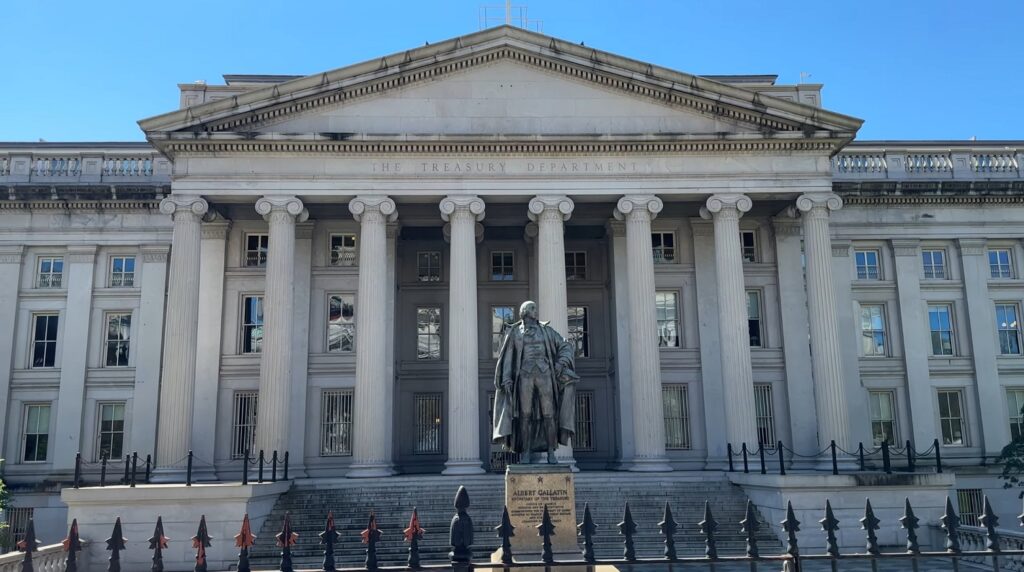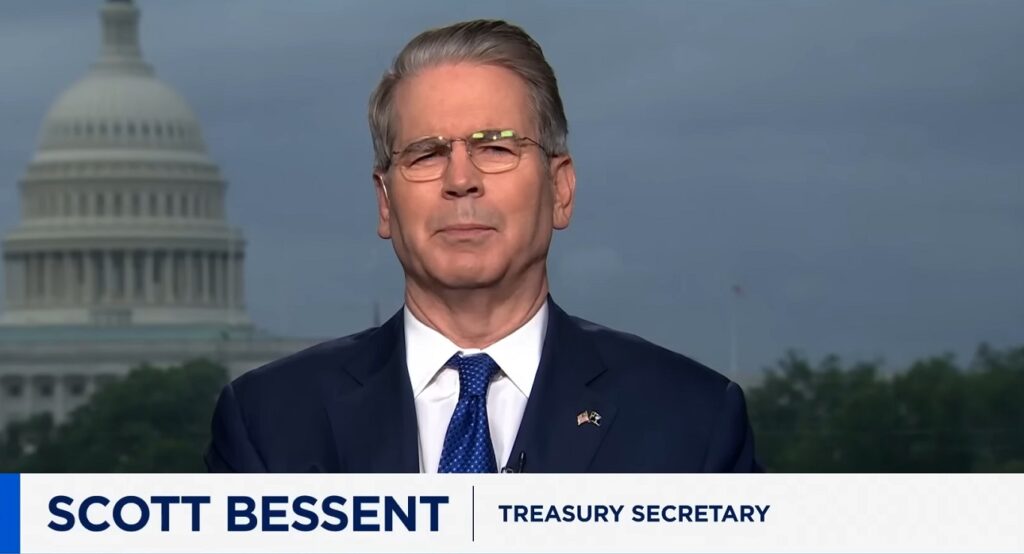
The U.S. government reported a $27 billion budget surplus in June, helped by a sharp rise in tariff collections, according to the Treasury Department on Friday.
This comes after a huge $316 billion deficit in May, highlighting how volatile monthly government finances can be. So far this fiscal year — which ends on September 30 — the total deficit stands at $1.34 trillion, up 5% from the same period last year. However, when adjusting for calendar quirks, the deficit is actually 1% lower than last year.
What helped in June was a 13% jump in revenue compared to the same month in 2024, while government spending dropped by 7%. Overall for the year, the government has taken in 7% more money, but it’s also spent 6% more.
This is the first June surplus since 2017, during former President Donald Trump’s first term. One of the biggest boosts came from tariffs — taxes on imported goods.
Tariff income, or customs duties, hit $27 billion in June, up from $23 billion in May, and a massive 301% increase from June 2024. So far this fiscal year, tariffs have brought in $113 billion, which is 86% more than at this point last year.
These gains are tied to Trump’s trade policy changes. In April, he imposed a 10% across-the-board tariff on all imports, in addition to other duties. He also introduced a set of “reciprocal tariffs” targeting specific countries. Talks with U.S. trading partners are still ongoing.
However, not all of the June surplus is due to stronger finances. The Treasury explained that calendar shifts — like tax deadlines and benefit payments — gave June a temporary boost. Without those, June would’ve actually shown a $70 billion deficit.
Another big challenge remains: the cost of interest on the national debt. The U.S. owes around $36 trillion, and interest payments on that debt reached $84 billion in June — slightly less than in May but still the second-highest expense after Social Security.

For the year so far, the government has spent $749 billion just on net interest, with total interest costs expected to reach $1.2 trillion by the end of the fiscal year.
To help manage this burden, Trump has been urging the Federal Reserve to cut interest rates, which would reduce borrowing costs for the government. But most financial experts don’t expect any rate cuts until at least September. Federal Reserve Chair Jerome Powell has said he’s cautious about how Trump’s tariffs could raise inflation, making rate cuts riskier.
Adding to the financial pressure is Trump’s newly passed spending bill, which he has praised as a “big, beautiful” package. However, the Congressional Budget Office estimates that it will add $3.4 trillion to the national debt over the next 10 years.
In short, while the June surplus is a rare bright spot for U.S. government finances, debt, interest costs, and future spending remain major concerns, especially as new policies kick in and global trade tensions continue.